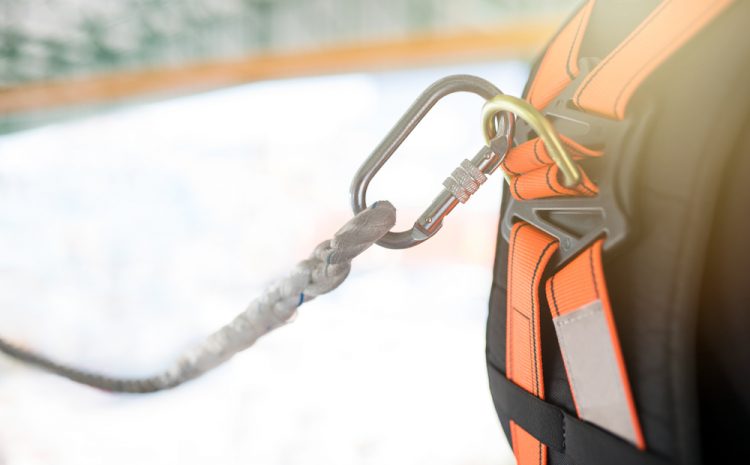
When to Inspect Your Tower Fall Protection Gear
A thorough visual inspection is an appropriate way for tower personnel to determine whether their fall protection equipment is malfunctioning, damaged, or unsalvageable. Because most fall protection manufacturers aren’t required to disclaim exact expiration dates, visual inspections also might be the only way to decide which gear is safe for use. Properly inspecting equipment and scheduling equipment inspections are equally necessary for tower climber security. Below are some recommended guidelines on when and how to inspect fall protection gear.
Daily Fall Protection Inspections
Before each use, tower climbers must examine all of their personal fall protection equipment, checking for wear and potential safety hazards. This type of equipment includes:
- Eyewear and gloves
- Full body harnesses
- Guardrails
- Hard hats
- Horizontal lifelines
- Shock-absorbing lanyards
- Snaphooks
If tower personnel discover defects in the webbing, stitching, buckling, or other parts of their gear, they must immediately refer to the help of a competent person, as defined by the Occupational Safety and Health Administration (OSHA). According to OSHA standard 1910.140(c)(17), any personal fall protection system or components that lay open to heavy impact must be immediately suspended from use “until a competent person inspects the system or components and determines that it is not damaged and safe for use for employee personal fall protection.”
Fall Protection Inspection Tips
Comprehensive personal protective equipment inspection checklists require crewmembers to document the status of their equipment before each use. During an examination, tower personnel should check for issues such as:
- Burn marks
- Chemical damage
- Dented metals
- Frayed edges
- Split stitching
To establish a culture centered on safety, tower companies should require all crewmembers to use a universal, comprehensive inspection checklist or refer to one provided by a national tower, telecommunications, or health and safety association. NATE’s Equipment Basics Checklist, for example, is a downloadable guide that allows workers to rate equipment condition and take additional notes as needed.
Protect Your Company from Fall Protection Failures
As your tower operation concentrates on fall protection and accident prevention, so too it should concentrate on risk management and liability coverage, specifically specialized insurance designed for the telecommunications industry. To learn more about the different types of risk management coverage available to your tower company, contact a broker.
